What Games Do Game Designers Play?
With thousands of games out, one should know what game designers play.
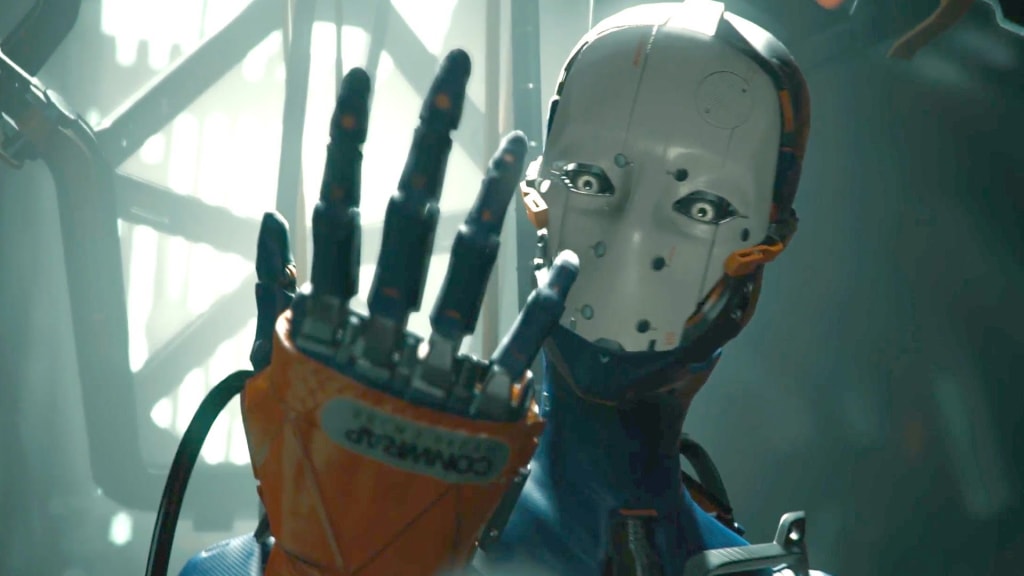
The video game market is oversaturated with content. With countless games lining the virtual shelfs, it can be hard to find the most interesting and inventive. But that doesn't mean they’re not out there! There are games, both indie and AAA, that are thinking about how to redefine genre expectations. While there are certainly more niche games that are focusing on creating completely new experiences, this list is primarily focusing on the games that are maximizing their genre’s potential. Those other games will have to wait until a future post. Instead, take a look at the games that are perfecting their genres, combining old and modern convention, and offering new perspectives.
Braid
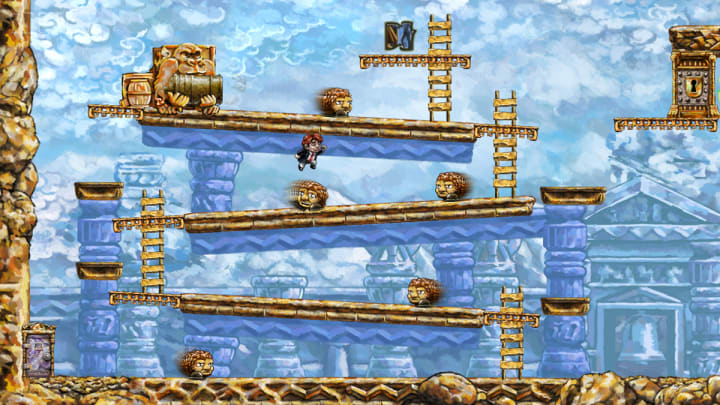
If you’re a serious gamer, chances are you've heard of Braid. This game was pivotal in spurring the indie game scene in 2008. Braid consists of five main worlds, each with its own take on time manipulation. Jonathan Blow, the creator of Braid, had a unique vision for puzzle design. Many of the challenges in each level came organically during the design process, rather than as preconceived plans prior to design. Essentially, the mechanic would give birth to a rule that had not initially been thought of, but was then implemented into a puzzle. To Blow, puzzles were ideas that were to be expressed to the player. Solving it expressed the players understanding of the idea, rather than his or her ability to solve an arbitrary challenge. Many of the worlds contain previously played level layouts, with the only difference being the world’s mechanic. Rather than creating the layout around the mechanic, Blow saw how the changes to gameplay could be a greater concept to solve. This design process of creating puzzles based on rules derived from the mechanic contributed to the acclaim the game received.
Super Mario 3D World

The Super Mario franchise is renowned for its ability to teach gameplay mechanics organically rather than through straightforward tutorials. Super Mario 3D World is a great look into quality level design and mechanic introduction for platforming and adventure driven games. Each level is designed around a mechanic which is explored through a classic Chinese story structure called Kishōtenketsu. It is a four step arrangement consisting of intro, development, twist, and conclusion. Each mechanic is introduced in safe space, expanded on with a greater level of challenge, given a dangerous or unexpected twist, and concluded with a tie-in to the flagpole at the end of each level. This structure allows for players to fluidly adapt to new elements. Once completed, these elements can be mixed in later levels. Cutting down on straightforward tutorials and designing levels around mechanics can drastically enhance a games playability.
Portal 1 & 2

Portal is a legend of the puzzle solving genre for its complex level design and engaging story. The player awakes in a room within a testing facility and is sent from chamber to chamber to solve puzzles. To solve them, the player is unsurprisingly given a portal gun. One button fires a blue portal, another an orange. The player can then walk into one and appear at the other. Portal is acclaimed for its ability to take this simple mechanic and turn it on its head with different additions like energy balls, gravity, and enemies. It is also praised for its storytelling. The story divulges very little directly and, for that reason, provides an air of uncertainty and discomfort. Some hidden away areas offer the player vague details into where Chel, the protagonist, is. The story always gives just enough to keep the player engaged and questioning everything. Together, gameplay and narrative form a compelling, challenging, and memorable experience.
Super Time Force

Super Time Force is a side scrolling shoot’em up about rewinding time with a twist. At the start of a mission, the player will choose between one of several character with its own traits. Throughout play, as well as upon death, the player will have the ability to rewind time. This is crucial, as each level has a time limit. Once time has been rewound to the desired point, the player will once again choose a character. Upon selection, play will resume from the current point, and a ghost of the previous life will replay everything it had done. It will kill the same enemies it had, and die at the same spot. This ability can be stacked as many times as necessary, meaning the player can theoretically kill every enemy, rewind, and run through the level as a new character never firing a shot. Also, if the player is killed by an enemy, rewinds, then kills the enemy before it is able to kill the ghost as it had, the ghost will join the player a-la Galaga as an augmentation to the player’s current attacks. SFT shows how efficiency can become the primary mechanic in order get through the level cleaner and faster.
Doom
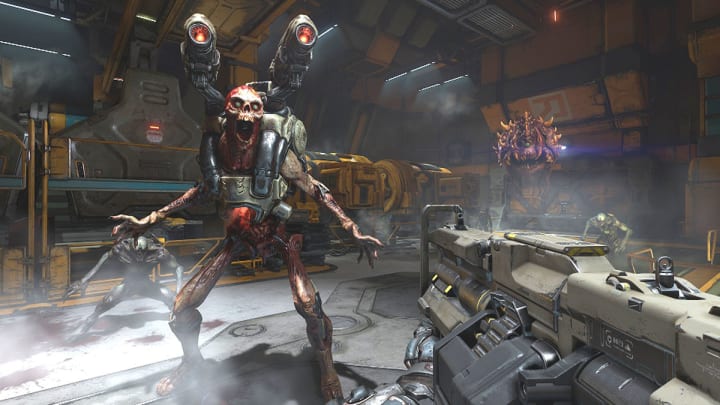
Bethesda’s most recent installment in the Doom franchise perfectly exemplifies the synthesis of old and new gameplay. Where the current state of the shooter genre seems to focus on large-scale set pieces and constantly changing level design, Doom chooses to play like its predecessors. Each level requires player exploration and is littered with pick-ups. Like the old games, there are weapons, temporary power-ups, and key cards. Though Doom isn’t too retro to embrace the new. It has brought in weapon and armor upgrades, as well as perks. A new “glory kill” mechanic also adds a level of depth by giving players a reason to get in close and execute enemies. Doom shows how depth of play styles and fulfilling map exploration can produce equally, if not more entertaining experiences than modern day AAA shooters.
FTL (Faster Than Light)

FTL is the Oregon Trail of space simulation. In a twist to any Star Wars fan, FTL puts the player in charge of a crew of federation members piloting their ship containing vital stolen plans to their base while being chased by the evil rebellion. The crew will have to jump from system to system on its way to the final showdown. Each system has a couple dozen warp spots. These spots are where the primary gameplay comes in. It can contain space merchants, bandits, stranded aliens, planets, and so on. The player will usually be offered a choice on how to handle the situations. What transpires is a game of ship management, decision making, and luck. Choosing the same options in two similar situations has no guarantee of ending with the same results. FTL artfully mixes luck and skill together to create a decision making experience that varies from player to player. Being thrust into the shoes of a leader has never felt so impactful, as any decision can mean the end of the journey.
Vanquish

Vanquish is a third person shooter that plays against the genres tropes. In it, you move at super-fast speed and are most effective and safe when jumping away from cover. When doing so, time slows down. There are multiple weapons of which the player can carry three of at any time. Ammo for each individual weapon is picked up throughout the level. If the player has full ammo for a gun, and picks up more, it upgrades the gun. So if players wants to improve their favorite gun, it may mean not using it. Giving the player the tools to go against convention, while still offering convectional mechanics, means a greater breadth of playstyles.
Bioshock Infinite
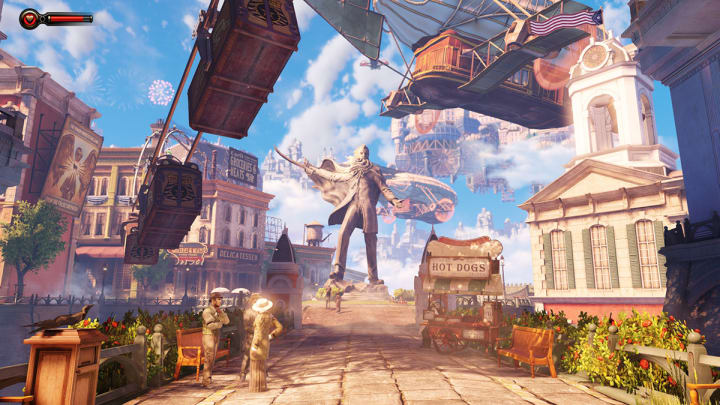
When Bioshock was released in 2007, it astonished players with its twist that the main character’s mind was being controlled by the antagonist. This was monumental as it played on the reality of gaming that, during most first person shooters, the player doesn't truly have free will as to what happens. He does what he is told. Bioshock Infinite takes this breaking of the fourth wall further. At its core, the game is about taking down a power hungry prophet in a city in the sky. On a deeper level, it is about interweaving parallel dimensions. But below that, it analyses how games offer the player constants and variables. Constants are parts of a game that cannot be changed by the player (cutscenes, enemy locations). Variables are things the player has control over (play styles, upgrades, karma). Game endings and conversations often fall into one or the other based on genre. The gameplay and setting make Bioshock Infinite visceral, but breaking the fourth wall of gaming and analyzing what the players can alter make it prodigious.
Axiom Verge
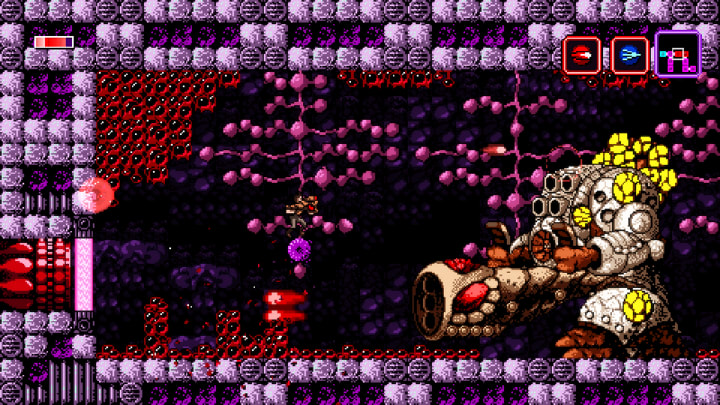
Axiom Verge is one the most notable additions to the Metroidvania genre in recent years. The protagonist wakes up on an alien world with little memory of what has happened. He must navigate this place, finding weapons and power ups that will allow him to fight new enemies and reach previously blocked areas. Axiom Verge manages to create some interesting gameplay mechanics while paying tribute to its predecessors. Aside from a large slew of powers and weapons, the Disruptor stands out for its ability to alter the state of enemies, making for unique situations where one may be needed to proceed. Axiom Verge also doesn't tell the player where to go. It expects that the player will look at areas through the lens of his or her abilities. While the game takes steps to push the player in the right direction or prevent the player from backtracking too far, its ability to give the player a true sense of exploration is a feature most modern adventure games miss.
Fez

Fez transcends genre expectations. The game focuses around collecting golden cubes in order to unlock new sections. For the completionism, Fez also has more challenging puzzles and a secret language linked to special purple cubes. At its core, Fez is about navigating a three-dimensional space in two dimensions. Every level is four sided. The player can rotate the camera view to any side. Though each map is cube shaped, when viewed from the 2D perspective, there is no depth. Platforms that in world space would be unreachable can be jumped to thanks to forced perspective. This is where Fez shines as it asks the player to ignore the logic of 3D space even though to do so means acknowledging its existence. Traversing the game become the puzzle. As a result, Fez feels more like an exploratory experience than a standard puzzle solver with a gimmick. Fez is distinguished for its ability to link journey and challenge, as well as defy convention in its mechanic.
About the Creator
Bjorn Bjornson
impossible






Comments
There are no comments for this story
Be the first to respond and start the conversation.